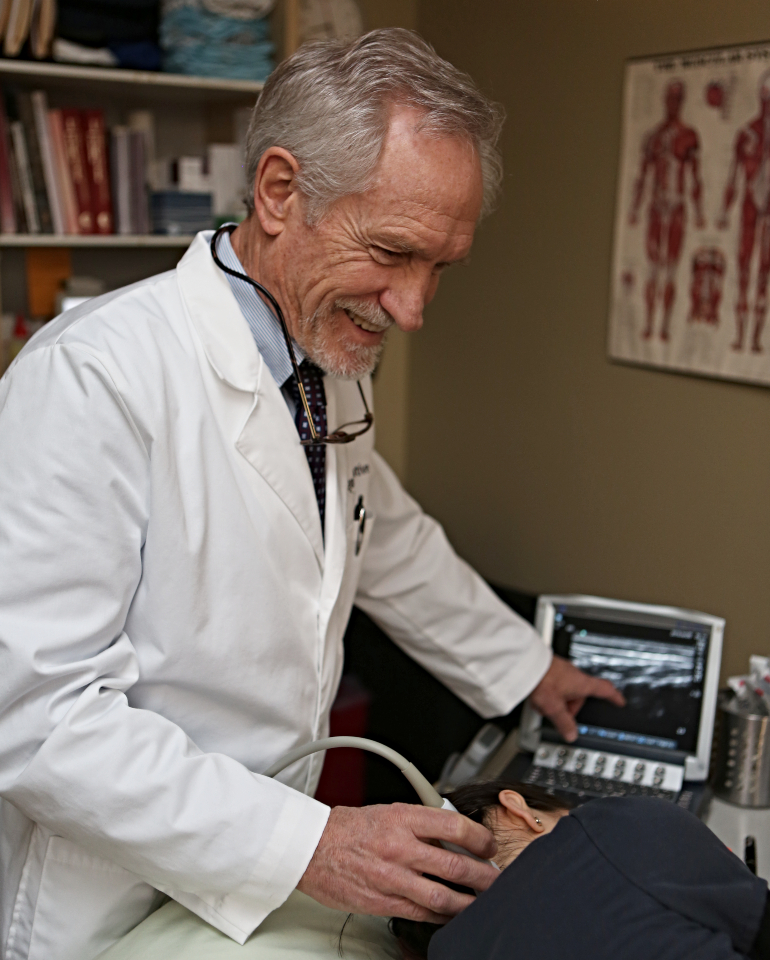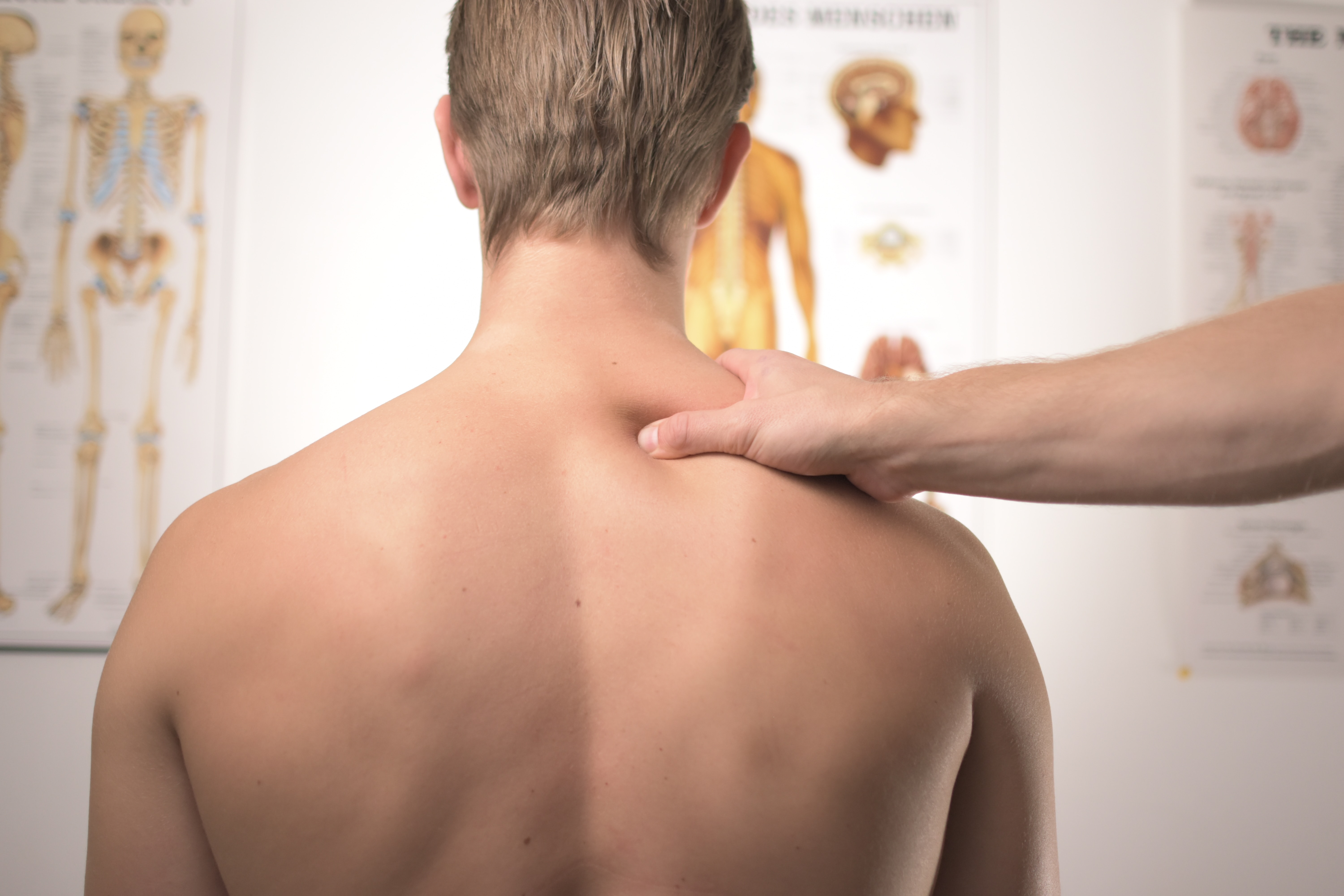JF had severe left shoulder and elbow nerve pain that had not responded to conventional orthopedic treatment. For over a year he had been unable to raise his arm above his shoulder, swim or do any manual work around his house, and the pain was causing sleep deprivation. When I performed ultrasound imaging of his peripheral nerves I found that his left suprascapular, ulnar and antebrachial nerves were all significantly larger and swollen compared to his right arm and shoulder. After five, weekly hydrodissection treatments, all of his nerve pain was gone and he had complete use of his left arm and shoulder.
JF’s success is one of the reasons we will be again hosting my dear friend and colleague, Dr. Ezequiel Mailand from Rosario, Argentina, to present a second, all-day workshop in February on peripheral nerve entrapments and ultrasound-guided hydrodissection.
Nerve entrapment often goes unrecognized as one of the primary causes of chronic musculoskeletal (MSK) pain. Athletes and other people who perform repetitive overhead motions (e.g., weight lifting, baseball, tennis, swimming, carpentry) are especially susceptible to upper-extremity nerve entrapment.
Our painless treatment is far less invasive than the conventional surgical release of the nerve from the surrounding tissue. Non-surgical treatment of nerve entrapment uses ultrasound imaging to guide a needle tip to the site of nerve compression, where a gentle stream of fluid dissects the nerve away from the surrounding tissue.

Ultrasound-guided nerve hydrodissection is an emerging specialty in orthopedic medicine and is largely unknown in the US.
Dr. Ezequiel Mailand is recognized in Argentina as an expert in the art of non-surgical release of peripheral nerve entrapments using ultrasound image guidance. The technique he teaches is referred to as transcutaneous needle hydrodissection under ultrasound guidance.
Using a specialized, high-resolution ultrasound to diagnose nerve entrapments, we can visualize the tip of a needle used to hydrodissect the nerve away from the surrounding tissue. This relieves the entrapment and restores the nerve to normal function, all without surgical cutting. PRP (platelet-rich plasma) is often used to enhance repair of the damaged nerve. This relieves the entrapment and restores the nerve to normal function, all without surgical cutting. PRP (platelet-rich plasma) is often used to enhance repair of the damaged nerve.
Benefits of Ultrasound-Guided Hydrodissection for Nerve Pain
High-resolution ultrasound has significant advantages over magnetic resonance (MRI) imaging in the evaluation of peripheral nerves, including:
- Better, equal specificity and greater soft-tissue resolution and specificity than MRI imaging
- Cost-effectiveness
- Real-time and dynamic imaging
- Ability to scan an entire extremity quickly and efficiently
- Any abnormal findings can be easily compared with the non-involved (contralateral) side

Avoid Invasive Surgery
Ultrasound-guided hydrodissection has significant advantages over surgical release:
- Hydrodissection is far safer than surgery
- Performed in the office and requires no downtime or recovery time
- Can be performed under local anesthetic
- Far more cost-effective
- Produces no residual scarring
This intensive, all-day workshop will provide the 12 physicians in attendance with practical and thorough training in the clinical presentations, key anatomy, sonographic findings, accurate diagnosis, and effective treatment of lower extremity peripheral nerve entrapments using transcutaneous needle hydrodissection under ultrasound guidance. Our thanks to Dr. Ezequiel Mailand for agreeing to travel all the way from Argentina to share his knowledge and expertise.
Header photo by Jesper Aggergaard on Unsplash



